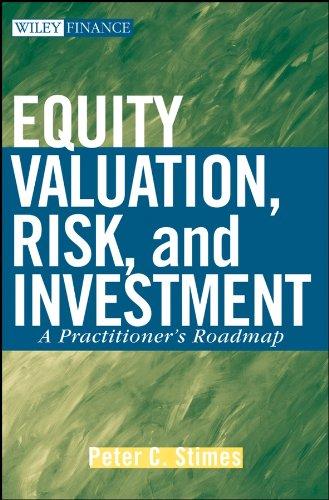

Each of the following factors affects the weighted average cost of capital (WACC) equation. Which of the following factors are outside a firm's control? Check all that apply. Interest rates in the economy The performance of index funds, such as the S&P 500 The firm's dividend payout ratio The impact of a firm's cost of capital on managerial decisions Consider the following case: International Imports (12) has two divisions, L and H. Division L is the company's low-risk division and would have a weighted average cost of capital of 8% if it was operated as an independent company. Division H is the company's high-risk division and would have a weighted average cost of capital of 14% if it was operated as an independent company. Because the two divisions are the same size, the company has a composite weighted average cost of capital of 11%. Division L is considering a project with an expected return of 9.5%. Should International Imports (12) accept or reject the project? O Accept the project O Reject the project On what grounds do you base your accept-reject decision? O Division L's project should be accepted, because its return is less than the risk-based cost of capital for the division. O Division L's project should be accepted, since its return is greater than the risk-based cost of capital for the division. The cost of equity using the discounted cash flow (or dividend growth) approach Ford Enterprises's stock is currently selling for $25.67 per share, and the firm expects its per-share dividend to be $2.35 in one year. Analysts project the firm's growth rate to be constant at 5.72%. Estimating the cost of equity using the discounted cash flow (or dividend growth) approach, what is Ford's cost of internal equity? 18.59% 14.87% O 20.07% O 15.61% Estimating growth rates It is often difficult to estimate the expected future dividend growth rate for use in estimating the cost of existing equity using the DCF or DG approach. In general, there are three available methods to generate such an estimate: Carry forward a historical realized growth rate, and apply it to the future. Locate and apply an expected future growth rate prepared and published by security analysts. Use the retention growth model. Suppose Ford is currently distributing 45% of its earnings in the form of cash dividends. It has also historically generated an average return on equity (ROE) of 24%. Ford's estimated growth rate is %








